Corby Kummer, the author of “The Joy of Coffee” and “The Pleasures of Slow Food,” did an extensive story for Smithsonian.com that delved into the background of La Boulange, a San Francisco bakery that Starbucks purchased a year ago for $100 million to up its game in pastries and food. How would they be able to scale up to provide quality croissants and other pastries to Starbucks’ 40 million customers in its 8,000 company-operated stores in the United States?
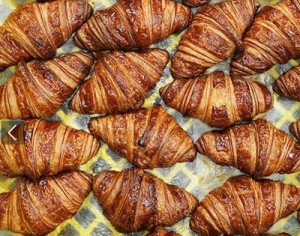
La Boulange, part of the Bay Bread Group, has a solid reputation for serving “respectable” pastries and food. It was founded by Pascal Rigo, a French-born baker who was on the record in 1996 saying that living the American dream would mean baking for Starbucks. That was the year the first La Boulange opened in Pacific Heights region of San Francisco.
La Boulange was the real France. Not the best pastry you could find if you trekked down every street in Paris, but pastry and bread of uniformly high quality, in a place you would dearly love to have in your own neighborhood. Rigo also kept an eye on price. “I want people to taste my pastry,” he told me when I visited him one early morning at the original Pacific Heights store. “How can people taste my pastry if they can’t afford it? We don’t just want to sell to lucky people in life. We want to sell to everybody. We’ve got the cheapest baguette you can find”—$1.50.
A look at their present day menu (Walnut Creek store) shows baguettes are still $1.50, a regular croissant is $2.25 and a chocolate version a mere 25 cents more. Fantastic pricing for sure!
What’s really interesting is the discussion of how they will scale their artisan bakery (just 19 locations) to support so many Starbucks.
To start, only the Pacific Heights location does it own baking. The other 18 get their baked goods from a central baking plant (20,000 square feet) near the San Francisco airport.
One mystery solved… Rather than bake in SF and air freight the pastries, the game plan is to work with other plants that already bake on an industrial scale and have them ship to Starbucks all over the country.
Showing another factory how to use the recipes and techniques La Boulange wants for its new Starbucks line means making them un-learn before they can learn. The La Boulange team plans to visit 70 plants once its team has identified which ones are in the right locations. Only by making onsite visits can they “look them in the eyes,” in the words of Nicolas Bernardi, the French-born manager of La Boulange’s marketing and product development, to see if the managers are the kind who “want to grow and learn” or the kind who are content to just “vomit products.”
That’s a good sign. So how about the back end, when the product hits receiving at Starbucks?
>> Each pastry will be fully baked, which is unusual, and individually wrapped in a clear-plastic package and sent frozen to each store in boxes they call cartridges.
>> Stores will defrost only what they need for a few hours of service, and heat to order in a TurboChef oven.
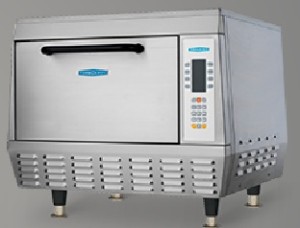
If you are doing the equipment count, this power ranger oven and new refrigeration are in order. Not cheap by any stretch of the imagination.
The Smithsonian piece moves on to discuss how hard it is to make a consistently great croissant. I’d like to see a video of the process that’s being described.
Apparently the key is to… slow down. La Boulange uses some machines but also has several steps in the process done by hand.
Clearly, there is attention to detail at La Boulange central. But will the partner bakeries be that diligent? And furthermore, will the staff in each Starbucks location be committed to making the best pastry ever? Will they be able to reach the proper balance purposeful execution that will keep their customers delighted? I’m guessing there’s a game plan. Starbucks has been heating up sandwiches for a while so people are used to waiting. They may have to rethink the customer flow-through in their stores to make things a bit more efficient.
I admire the quest Starbucks/La Boulange are undertaking and hope they can pull it off.
One more thing…
I want to give a shout out to the writer, Corby Kummer. This article was really well written. I looked him up at Amazon and found out that Julia Child said:
I think he’s a very good food writer. He really does his homework. As a reporter and a writer he takes his work very seriously.
This article proves that point for sure!
###
Note: Photo credits: John Lee
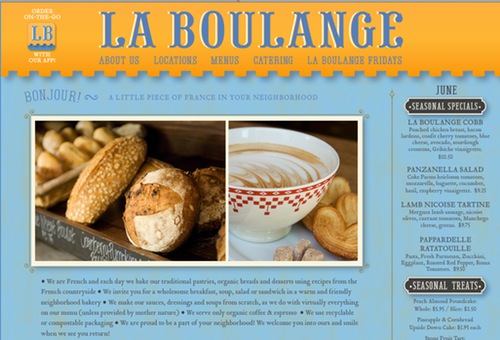







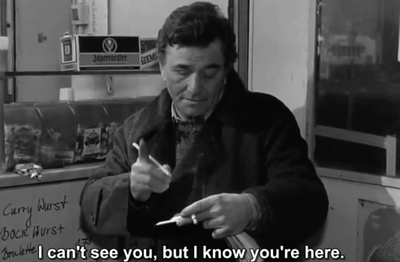


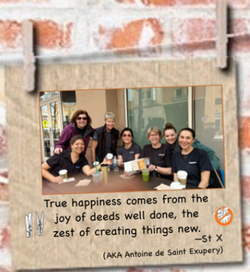

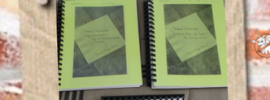
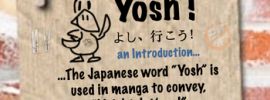



Speak Your Mind